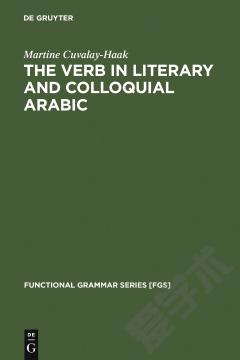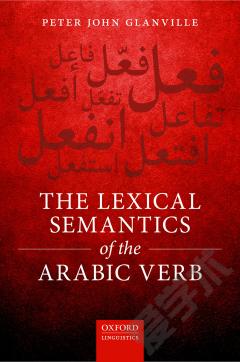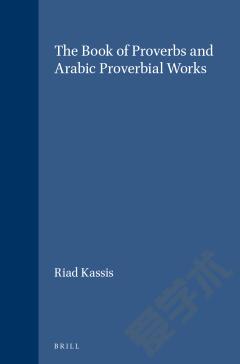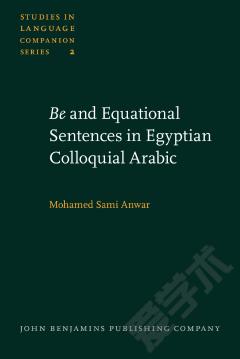The Verb in Literary and Colloquial Arabic
This book concerns the verbal predicate in formal and colloquial varieties of Arabic. The derivation of verb stems, the expression of Tense, Mood and Aspect, and the formation of verbal complexes are analyzed within the framework of Functional Grammar. The relevant parts of this framework are discussed and evaluated, leading to an extended version of the Functional-Grammar model of underlying clause structure. The extended model forms the basis for an insightful description of the verbal system in Arabic. The study breaks with the tradition of ascribing a single primary meaning to each Arabic verb form, and shows that most verb forms may express a number of different, but diachronically related Tense-Mood-and-Aspect values. The merits of this approach are illustrated most strikingly in the powerful analysis of the relation between the meaning and form of verbal complexes with the auxiliary verb "ka:n". The author pays attention to similarities as well as differences in the verbal systems of the various types of Arabic, and discusses most earlier publications on the subject. She presents an overview which will serve as a work of reference for scholars in the field of Arabic linguistics. The consistent application of the Functional-Grammar model leads to new insights into the functions and development of Arabic verb forms, and provides a firm basis for further empirical and theoretical research.
{{comment.content}}








 京公网安备 11010802027623号
京公网安备 11010802027623号